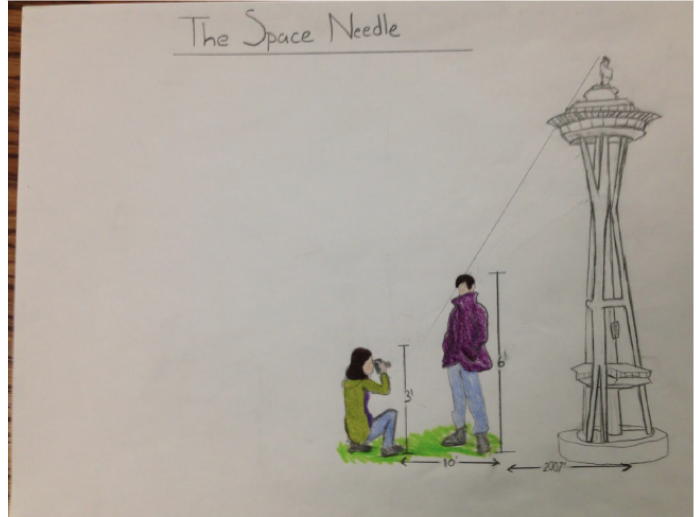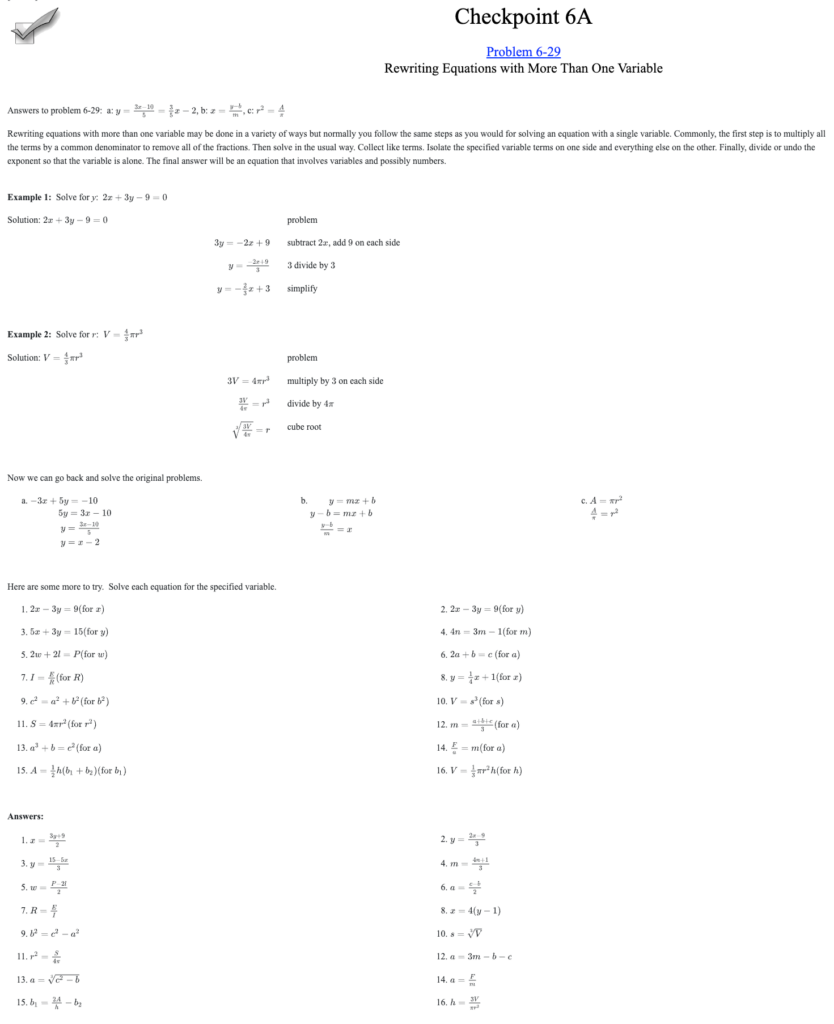Teri Coles, Oklahoma City, OK, tcoles@santafesouth.org
Varied opinions indicate the jury is divided on whether explaining mathematics in the classroom using real world examples enables students to transfer concepts learned to new situations (Felton, Matthew D; Ksenija Simic-Muller and Menendez, Jose Maria. 2012; Science, 2008, Ford, Matt.) Personally, with 30 plus years of experience in the classroom, I have found that incorporating the real world as examples either as a steppingstone to introduce a concept or included as a part of a performance task at the end of the unit helps students relate the mathematics learned in the classroom to new or alternative situations.Within my high school geometry classroom, the unit on similarity provides me an opportunity to see if students are able to transfer skills taught on similarity, dilations and reductions, to a different environment. I developed this idea when preparing my Understanding by Design (UbD) for the unit. As I was reviewing the resources in CPM’s Core Connections Geometry text, specifically problem 3-106, I decided to expand upon the use of the landmark idea.
I asked a student who has significant talent (at least in my opinion) to improve upon my very rough sketches of landmarks: the Gateway Arch, the Washington Monument, the Statue of Liberty, the Christ Statue, the Eiffel Tower, and the Space Needle. She did a beautiful job (two of the sketches included).
I assigned each of the landmarks a number that corresponded to a number on a six-sided die students rolled to determine which landmark they would use to complete the work. After completing problem 3-106 in the text showing the Big Ben Clock Tower and being asked to find the height of the tower showing the use of similar triangles, they would then have an additional opportunity to use nested triangles to find lengths. Using the sketches of the additional landmarks, students again complete the same tasks set out in problem 3-106. Upon completion students’ confidence level is strong on the concepts of similarity, dilations/reductions, ratio and proportion. Comfortable now using nested triangles, they were ready for the performance task.
For the performance task, I asked students to locate a landmark within the Oklahoma City metro area. Working with a partner, pairs then submit their selection for approval. Once approved, students must visit the landmark and take a photo of each other in front of the landmark. Then, using estimation skills or actually measuring, they determine the approximate distance (exact if possible) between themselves and the landmark.
Students then create a sketch, showing the concept of nested triangles, the landmark, and themselves. Multiple techniques to solve the situation could be and were used: nested triangles, the concepts of similarity, dilation, ratio and proportion, as well as the Pythagorean Theorem. Approximated or actual measures were found for lengths on the ground. Combining their skills and measurements, they were able to determine the height of the local landmark.
I then retain these sketches for use as I introduce the trigonometry unit, specifically, the tangent ratio. It serves as a wonderful, real world image to use as a launch into the world of trigonometry.
In this case, I used the same the real-world application to serve as a steppingstone into trigonometry, and as a concluding piece for the similarity unit. Students are able to visualize similarity in the real world.




